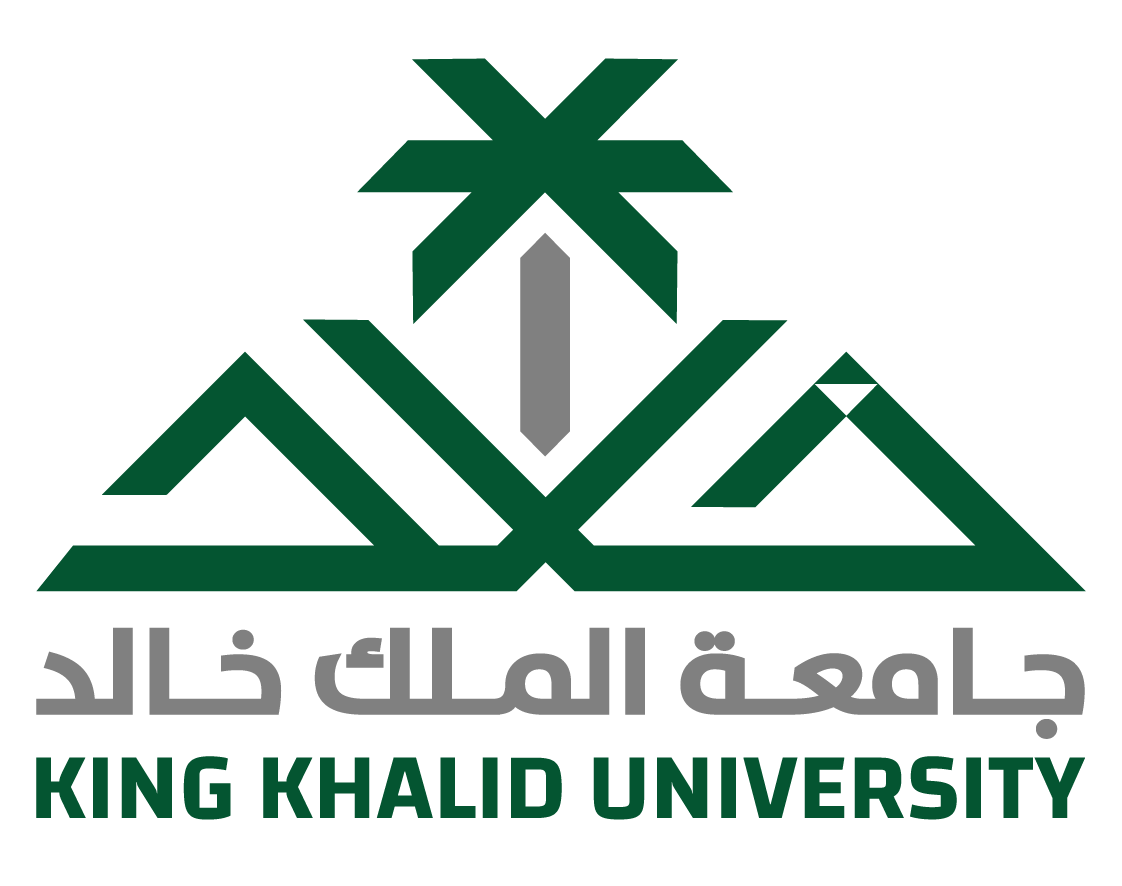Probing into the Holistic and Atomistic Ways of Learning Adopted by Students at the Tertiary Level
On 25 November 2020, a webinar was organized by the Language Research Center of the Faculty of Languages and Translation that addressed the importance of teaching for quality learning entitled "Probing into the Holistic and Atomistic Ways of Learning Adopted by Students at the Tertiary Level." At the beginning of the webinar, Ms. Tanzina Halim and Ms. Shanjida Halim began with quotations by Tyler (2013) and Taba (1962), who emphasized the importance of students' ability to transfer teaching to their lives outside school and focused on why real teaching should be given preference over memorizing facts.
The presenters introduced their topic by labeling learning as dependent on a complex interaction of factors. In this way, there are different approaches to learning conditioned by concepts of learning. They differentiated the two central concepts – Holistic and Atomistic approaches. When the approach is holistic, they said, a learner preserves a structure and focuses on the whole in relation to the parts. On the other hand, the atomistic approach allows a learner to distort the structure, focusing on the parts. The former, they added, is an in-depth approach to learning and the latter, on the other hand, is a surface approach that is primarily based on memorization with little emphasis on meaning. As far as the quality of learning is concerned, the presenters labeled the holistic approach more effective. The atomistic approach results in lower quality learning outcomes, they added while quoting Marton & Saljo (1984) and Process & Millar (1989). The presenters explained in detail the characteristics of these two approaches and the factors that affect the learners' approaches to learning at the tertiary level. They focused on the importance of having a proper understanding of 'deep' and 'surface' approaches among educators. They also explained the role of teachers to make learning engaging and changing learners from passive to active.
They concluded that learning is the acquisition of new concepts and beliefs. It was suggested that there is a need for reframing how educators understand 'deep' and 'surface' approaches. The webinar was very interactive yielding insights into a better understanding of effective teaching with better learning outcomes. It was well-structured, insightful, and rich in content with the active participation of both male and female faculty members.
The Bachelor of Arts in English program at the Faculty of Languages and Translation is committed to ensuring that teaching and learning strategies are student-centered and encourage active learning.
Date: 11/26/2020
Source: Mohammad Adil Siddique
